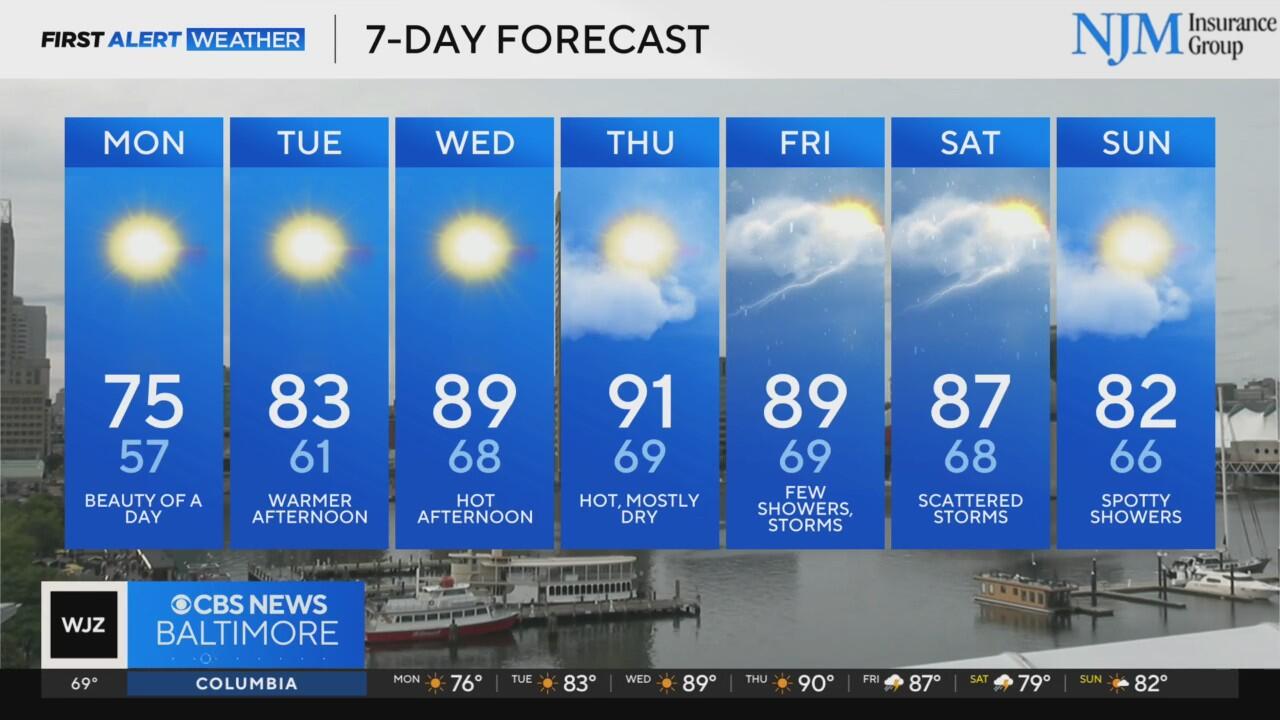There is a small chance the Northern Lights could be seen in Maryland Sunday night
An unusually strong geomagnetic storm will impact Earth through early in the workweek.
Similar to recent geomagnetic events, the Aurora Borealis or northern lights may be seen unusually far south. The storm's impact and chance of seeing the northern lights are expected to peak Sunday night into Monday morning. G4 level conditions were reached Saturday night. This is a strong geomagnetic storm. Photos of the northern lights were taken unusually far south.
Marylanders may be able to see the northern lights
Predicting how extreme the event will be and how far south the lights will be seen remains difficult. During October 2024's widespread Aurora Borealis episode, there was uncertainty in the magnitude of the event just hours before it unfolded across much of the United States.
The storm may peak while the sun is still up, early Sunday evening. The storm could then weaken as the sun sets and viewing conditions improve. Smoke from Canadian wildfires may also limit visibility in the sky at night.
Despite limiting factors, Marylanders have a greater than normal chance of seeing the northern lights Sunday night. The further north you go, the greater the odds of seeing the spectacle.
How you can see the northern lights
Even in ideal viewing conditions, city light pollution can obscure the aurora. It will be harder to see across Baltimore City and County as well as D.C. metro counties.
It is best to head to darker, more rural locations to increase the chance of seeing it. The mountains of far western Maryland, as well as rural portions of the eastern shore, have a more favorable amount of darkness.
Peak darkness occurs from mid-evening Sunday through the earliest portion of Monday morning; generally before 4 a.m.





